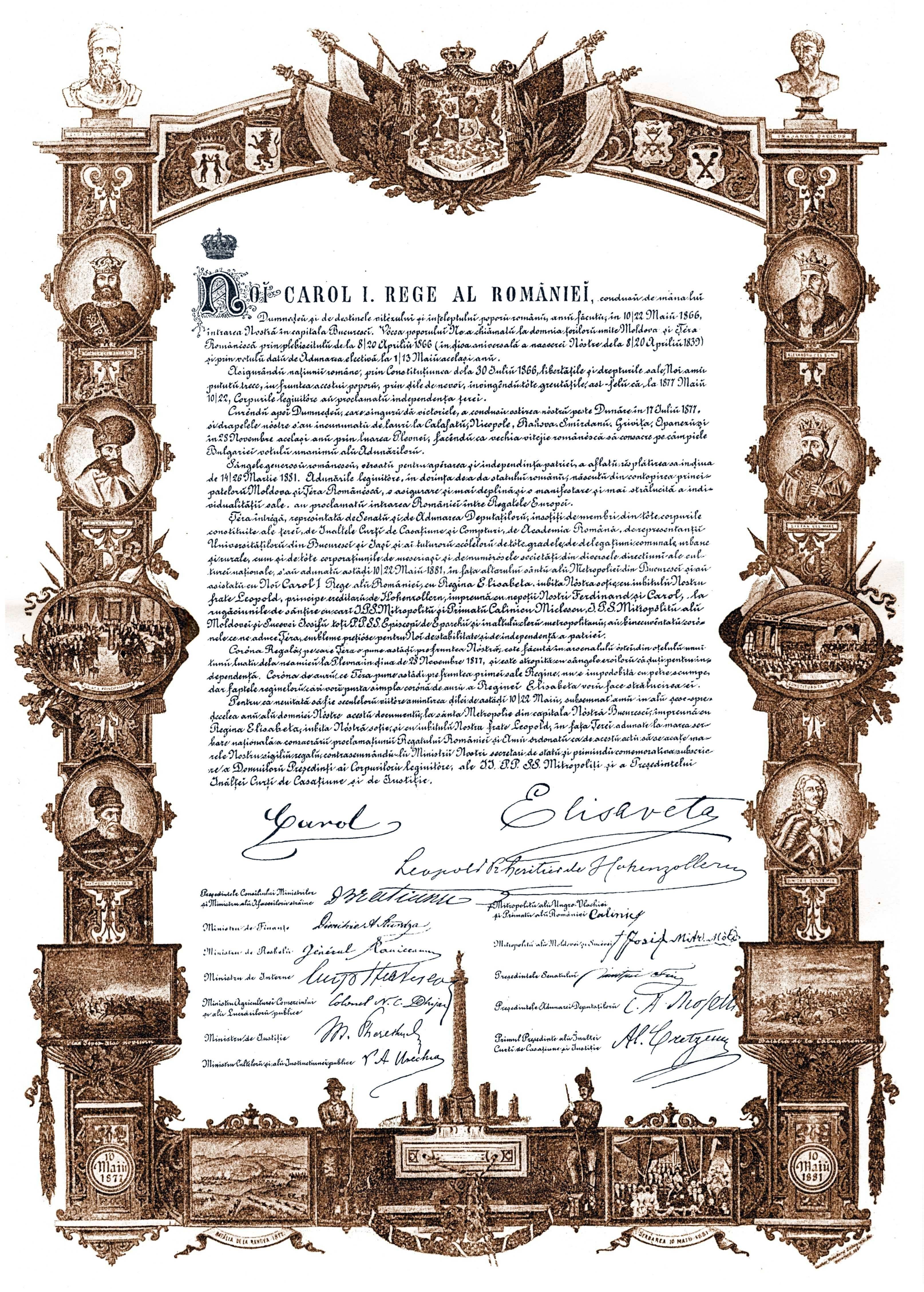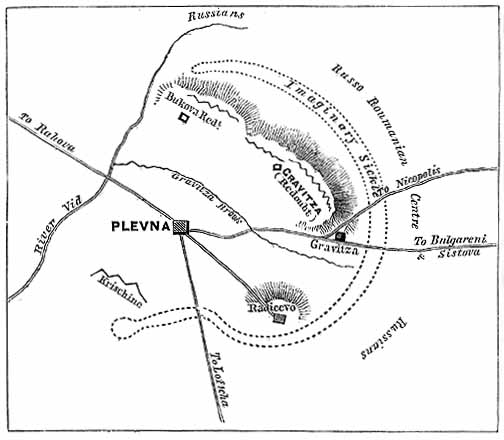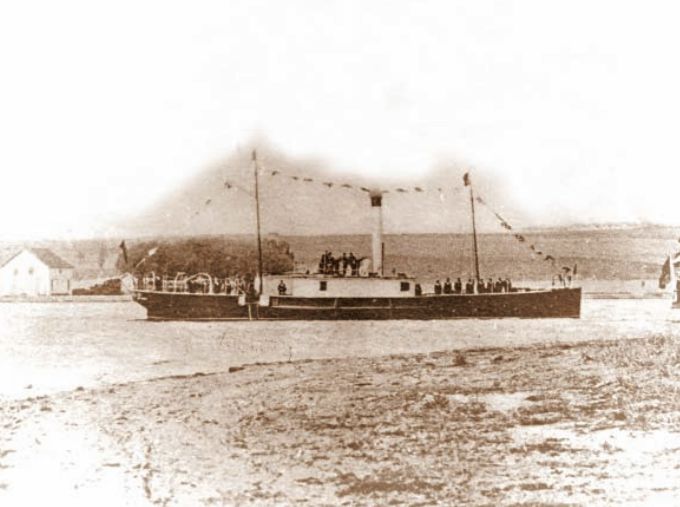|
Iacob Lahovary
Iacob N. Lahovary (; 16 January 1846 – 7 February 1907) was a member of the Romanian aristocracy, a general, politician and diplomat who served as the Minister of War and Minister of Foreign Affairs of the Kingdom of Romania. Life and career Iacob Lahovary was the brother of Alexandru Lahovary and Ioan Lahovary both of whom served as foreign ministers. He attended the Bucharest School of Officers from 1859 to 1864, École Polytechnique in Paris in 1864 to 1870. He also graduated from the Sorbonne University with a degree in mathematics in 1870. As soon as Lahovary entered military service, he quickly rose in the ranks of the Romanian Army: he became second lieutenant in 1864, lieutenant in 1870, captain in 1871, major in 1874, lieutenant colonel in 1877, colonel in 1883, brigadier general in 1891, and general in 1900. During the Romanian War of Independence of 1877–1878, Lahovary fought at the battle of Vidin and at the Siege of Plevna. His awards include the War M ... [...More Info...] [...Related Items...] OR: [Wikipedia] [Google] [Baidu] |
Ministry Of National Defense (Romania)
The Ministry of National Defence () is one of the eighteen ministries of the Government of Romania. The current acting Minister of National Defence is Angel Tîlvăr. Ministry The Ministry of National Defence is the specialized body of the central public administration submitted to the Government conducting the national defence activity according to the stipulations of law and to the strategy of national security, with a view to safeguarding national sovereignty, state independence and unity, territorial integrity and constitutional democracy. The Ministry of National Defence is responsible to the Parliament, the Supreme Council of National Defence and the Government for implementation of provisions of the Constitution, laws in force, decisions of the Supreme Council of National Defence and of the Government, of international treaties ratified by Romania in fields of its activity. Structure and function The Ministry of National Defence is structured on central structures ... [...More Info...] [...Related Items...] OR: [Wikipedia] [Google] [Baidu] |
École Polytechnique
(, ; also known as Polytechnique or l'X ) is a ''grande école'' located in Palaiseau, France. It specializes in science and engineering and is a founding member of the Polytechnic Institute of Paris. The school was founded in 1794 by mathematician Gaspard Monge during the French Revolution and was militarized under Napoleon I in 1804. It is still supervised by the Ministry of Armed Forces (France), French Ministry of Armed Forces. Originally located in the Latin Quarter, Paris, Latin Quarter in central Paris, the institution moved to Palaiseau in 1976, in the Paris-Saclay, Paris-Saclay technology cluster. French engineering students undergo initial military training and have the status of paid Aspirant, officer cadets. The school has also been awarding doctorates since 1985, masters since 2005 and bachelors since 2017. Most Polytechnique engineering graduates go on to become top executives in companies, senior civil servants, military officers, or researchers. List of É ... [...More Info...] [...Related Items...] OR: [Wikipedia] [Google] [Baidu] |
Kingdom Of Romania
The Kingdom of Romania () was a constitutional monarchy that existed from with the crowning of prince Karl of Hohenzollern-Sigmaringen as King of Romania, King Carol I of Romania, Carol I (thus beginning the Romanian royal family), until 1947 with the abdication of King Michael I of Romania, Michael I and the Romanian parliament's proclamation of the Socialist Republic of Romania, Romanian People's Republic. From 1859 to 1877, Romania evolved from a personal union of two Principality, principalities: (Moldavia and Wallachia) called the Unification of Moldavia and Wallachia also known as "The Little Union" under a single prince to an autonomous principality with a House of Hohenzollern, Hohenzollern monarchy. The country gained its independence from the Ottoman Empire during the Russo-Turkish War (1877–1878), 1877–1878 Russo-Turkish War (known locally as the Romanian War of Independence), after which it was forced to cede the southern part of Bessarabia in exchange for Northern ... [...More Info...] [...Related Items...] OR: [Wikipedia] [Google] [Baidu] |
Ministry Of Foreign Affairs (Romania)
The Romanian Ministry of Foreign Affairs () is the ministry responsible for external affairs of the Romanian Government. The current foreign minister is Emil Hurezeanu. List of ministers of foreign affairs (1862–1989) List of ministers of foreign affairs (1989–present) Notes Romania used the Julian calendar until 1919, but all dates are given in the Gregorian calendar. The following party abbreviations are used: Additionally, the political stance of prime ministers prior to the development of a modern party system is given by C (Conservative), MC (Moderate Conservative), RL (Radical Liberal) and ML (Moderate Liberal). Interim officeholders are denoted by ''italics''. For those who held office multiple times, their rank of service is given by a Roman numeral. References External links MAE.roGUV.ro {{DEFAULTSORT:Ministry Of Foreign Affairs (Romania) Foreign affairs Foreign relations of Romania Romania Romania is a country located at the cr ... [...More Info...] [...Related Items...] OR: [Wikipedia] [Google] [Baidu] |
Diplomat
A diplomat (from ; romanization, romanized ''diploma'') is a person appointed by a state (polity), state, International organization, intergovernmental, or Non-governmental organization, nongovernmental institution to conduct diplomacy with one or more other states or international organizations. The main functions of diplomats are representation and protection of the interests and nationals of the sending state; initiation and facilitation of strategic agreements, treaties and conventions; and promotion of information, trade and commerce, technology, and friendly relations. Seasoned diplomats of international repute are used in international organizations (for example, the United Nations, the world's largest diplomatic forum) as well as multinational companies for their experience in management and Negotiation, negotiating skills. Diplomats are members of foreign services and diplomatic corps of various nations of the world. The sending state is required to get the consent of t ... [...More Info...] [...Related Items...] OR: [Wikipedia] [Google] [Baidu] |
Order Of Carol I
The Order of Carol I () was the highest ranking of the Orders, decorations, and medals of Romania, Romanian honours of the Kingdom of Romania until the founding of the Order of Michael the Brave in 1916 by King of Romania, King Ferdinand I of Romania, Ferdinand I of Kingdom of Romania, Romania. It was instituted on 10 May 1906 by King Carol I of Romania, Carol I to celebrate the Ruby Jubilee of 40 years of his reign. During its time as a national order, it was widely used to reward members of the Romanian royal family, List of Prime Ministers of Romania, Romanian Prime Ministers, List of Romanian politicians, Romanian politicians, foreign monarchs and heads of state, selected consorts and heirs, and other people thought to be worthy of receiving the order by the King of Romania. It is currently a dynastic order of the former Romanian royal family. It is the highest-ranking award among all the decorations of the Romanian Royal House and is administered by its head. There are curr ... [...More Info...] [...Related Items...] OR: [Wikipedia] [Google] [Baidu] |
Order Of The Star Of Romania
The Order of the Star of Romania (Romanian: ''Ordinul Steaua României'') is Romania's highest civil Order and second highest State decoration after the Order of Michael the Brave. It is the oldest Order of Romania. It is awarded by the President of Romania, and has six grades, from lowest to the highest: Knight, Officer, Commander, Grand Officer, Grand Cross, and Grand Cross with Collar. History In 1863, Alexandru Ioan Cuza, the Domnitor of the United Principalities of Moldavia and Wallachia, asked the Romanian representative to Paris to contact the then well-known jewellery house Krétly, to manufacture a state decoration. Krétly presented a model, which was immediately accepted by the domnitor, and based on his agreement, 1,000 pieces of the order were made. It was decided that the order would have five ranks: Knight (''Cavaler''), Officer (''Ofițer''), Commander (''Comandor''), Grand Officer (''Mare Ofițer''), and Grand Cross (''Mare Cruce''). Unlike all other decorati ... [...More Info...] [...Related Items...] OR: [Wikipedia] [Google] [Baidu] |
Military Virtue Medal
The Military Virtue Medal () is a Romanian military decoration, instituted on April 8, 1872, by King Carol I. A previous version, called ''Pro Virtute Militari'', was established by Alexandru Ioan Cuza in 1860 for the veterans of the Dealul Spirii battle (1848) between the revolutionaries and the Ottomans, but it was issued to the recipients later, in 1866, due to political reasons (Romania was still under Ottoman suzerainty). The medal had 2 classes, the 1st class (in gold) being awarded to the officers, and the 2nd class (in silver) to non-commissioned officers (NCOs) and the other enlisted ranks. After the Order of Michael the Brave was instituted (1916), the Military Virtue Medal was issued only to NCOs and below. Data *Requirements: Awarded to NCOs and other enlisted ranks for exceptional deeds on the battlefield *Classes: 2nd and 1st *Date Instituted: April 1872 War Medal of Military Virtue In 1880 Carol I of Romania, the first ruler of the Hohenzollern-Sigmaringen dynas ... [...More Info...] [...Related Items...] OR: [Wikipedia] [Google] [Baidu] |
Siege Of Plevna
The siege of Plevna or Pleven, was a major battle of the Russo-Turkish War of 1877–1878, fought by the joint army of the Russian Empire and the Kingdom of Romania against the Ottoman Empire. After the Russian army crossed the Danube at Svishtov, it began advancing towards the centre of modern Bulgaria, with the aim of crossing the Balkan Mountains to Constantinople, avoiding the fortified Turkish fortresses on the Black Sea coast. The Ottoman army led by Osman Pasha, returning from Serbia after a conflict with that country, was massed in the fortified city of Pleven, a city surrounded by numerous redoubts, located at an important road intersection. After two unsuccessful assaults, in which he lost valuable troops, the commander of the Russian troops on the Balkan front, Grand Duke Nicholas of Russia insisted by telegram on the help of his Romanian ally King Carol I. King Carol I crossed the Danube with the Romanian Army and was placed in command of the Russian-Roman ... [...More Info...] [...Related Items...] OR: [Wikipedia] [Google] [Baidu] |
Romanian War Of Independence
The Romanian War of Independence () is the name used in Romanian historiography to refer to the phase of the Russo-Turkish War (1877–78), in which Romania, fighting on the Russian side of the war, gained independence from the Ottoman Empire. On , Romania and the Russian Empire signed a treaty at Bucharest under which Russian troops were allowed to pass through Romanian territory, with the condition that Russia respected the integrity of Romania. Consequently, the mobilization of the Romanian troops also began, and around 114,000 soldiers were massed in the south of the country to defend against an eventual attack of the Ottoman forces from south of the Danube. On , Russia declared war on the Ottoman Empire and its troops entered Romania through the newly built Eiffel Bridge, on their way to the Ottoman Empire. Due to great losses, the Russian Empire asked Romania to intervene. On , the first Romanian Army units crossed the Danube and joined forces with the Russian Army. Roman ... [...More Info...] [...Related Items...] OR: [Wikipedia] [Google] [Baidu] |
General Officer
A general officer is an Officer (armed forces), officer of high rank in the army, armies, and in some nations' air force, air and space forces, marines or naval infantry. In some usages, the term "general officer" refers to a rank above colonel."general, adj. and n.". OED Online. March 2021. Oxford University Press. https://www.oed.com/view/Entry/77489?rskey=dCKrg4&result=1 (accessed May 11, 2021) The adjective ''general'' had been affixed to officer designations since the late medieval period to indicate relative superiority or an extended jurisdiction. French Revolutionary system Arab system Other variations Other nomenclatures for general officers include the titles and ranks: * Adjutant general * Commandant-General, Commandant-general * Inspector general * General-in-chief * General of the Air Force (USAF only) * General of the Armies, General of the Armies of the United States (of America), a title created for General John J. Pershing, and subsequently grante ... [...More Info...] [...Related Items...] OR: [Wikipedia] [Google] [Baidu] |






